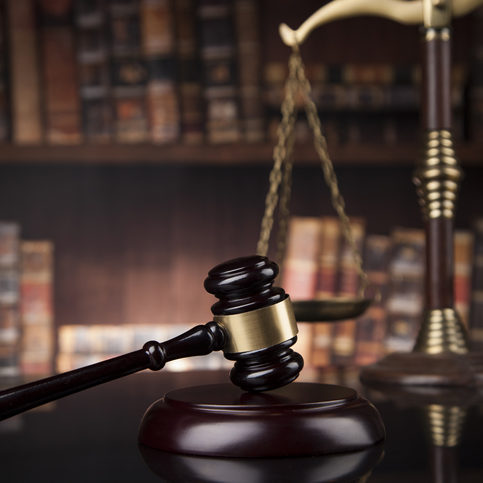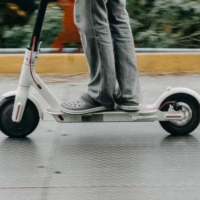
Drone Wars: Will The Litigation Awaken?
Overview | Blog Posts | Product Liability | Related | Print | Share
February 16, 2016
Recent lawsuits in California and Kentucky have involved claims by drone owners against neighbors for shooting down drones flying over their property, arising out of claims of trespass and invasion of privacy. While there have not been a large number of reported accidents arising out of drone operation, the growing popularity of drones makes it likely that the use of drones will eventually result in litigation against drone manufacturers and operators arising out of personal injury or property damage caused by drones. Drone accident claims may be based on both operator negligence and manufacturers’ product liability (defective design and inadequate warnings).
The use of drones (unmanned aerial vehicles) has drastically increased over the last few years, and this trend has no sign of abating any time soon. According to the Washington Post, approximately 700,000 recreational drone purchases were expected to make in 2015, a 63% increase from 2014. (“Federal regulators to require registration of recreational drones”, Washington Post, October 19, 2015.) In addition, businesses are exploring the use of drones in everything from package delivery to an inspection of bridges and power lines to surveying and photography of difficult to access areas. As of February 12, 2016, the FAA has granted 3385 “Section 333” petitions for exemptions from the current regulations that apply to commercial drone use. See the FAA website. The FAA expects new comprehensive regulations governing all drones to be issued in June 2016.
As a result of the popularity of drones, as of December 21, 2105, all owners of drones weighing between .55 and 55 pounds must register the drone with the Federal Aviation Administration’s Unmanned Aircraft System (UAS) registry before flying it outdoors. (Drones weighing more than 55 pounds are considered aircraft and must be registered with the federal Aircraft Registry). While the registration requirement was influenced by national security and privacy concerns, aviation safety is the primary goal of the registration program. The FAA notes that pilots have been reporting over 100 drone sightings or close calls per month. Registration of the drones enables the government to track down the owner in the event of a collision with a plane or some other accident. Being aware of this fact will theoretically encourage recreational drone operators to follow the rules for drone use (such as operating them under 400 feet) and take more care not to violate “no-fly” zones.
Drones come in many shapes and sizes, with design features that can vary significantly. Some drones have features such as automated controls (as opposed to joysticks), recall/return mechanisms, and geo-fencing that can prevent a drone from flying outside a specified geographical area or above certain heights. Manufacturers are also developing “sense and avoid” systems whereby drones can avoid collisions with other aircraft. No doubt, drone technology is impressive.
Despite the best efforts of manufacturers to manufacturer drones safely, however, some accidents resulting in lawsuits are to be expected given the exponential proliferation of drone use in recent years. Negligence-based claims against drone operators may arise out of violations of federal regulations, careless operation, overriding or dismantling of safety features. Product liability design defect claims may involve such issues as failure to incorporate state-of-the-art safety technology, failure to abide by industry standards, or susceptibility to hacking (e.g., the ability of a third party to take over control of a drone remotely). Plaintiffs may also allege inadequate warnings were provided with the product. One unique aspect of drone product liability is that the plaintiffs in these cases will not necessarily be “users” themselves, but parties who were injured by someone else’s use of a drone, which means the warnings accompanying the product must be sufficient to advise the users of risks to themselves and others likely to come into contact with the product – which could be anyone from a neighbor to passengers on an airplane.
While lawsuits to date have been few and far between, defense counsel would be wise to keep abreast of FAA regulations and developments in drone technology as the nascent drone industry develops and to monitor lawsuits for issues relating to drone liability and how they are resolved.



